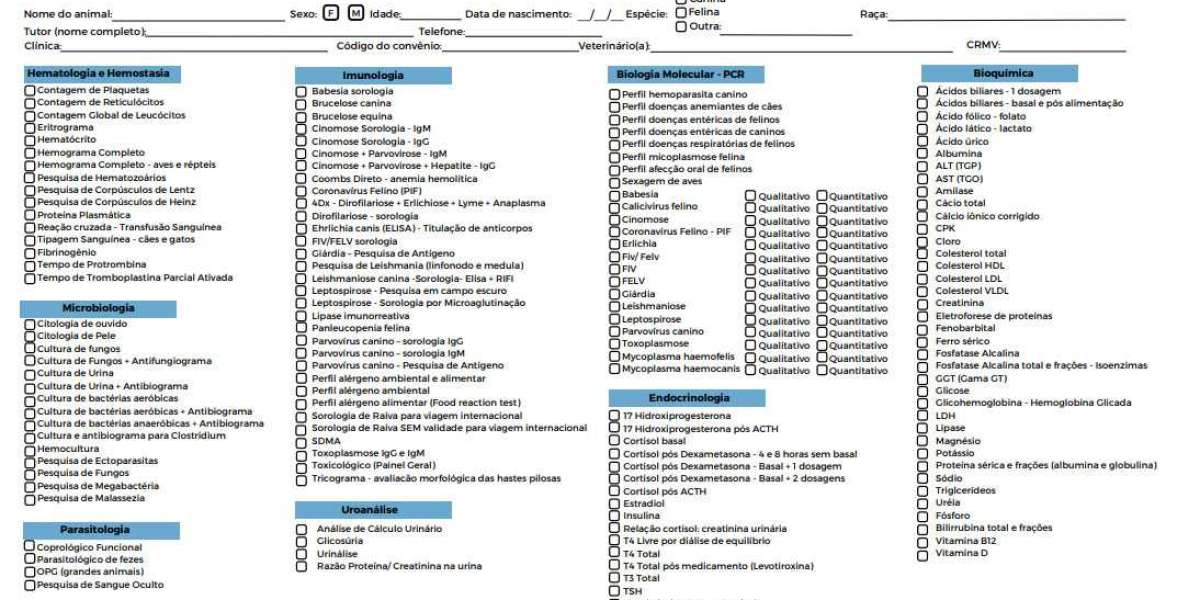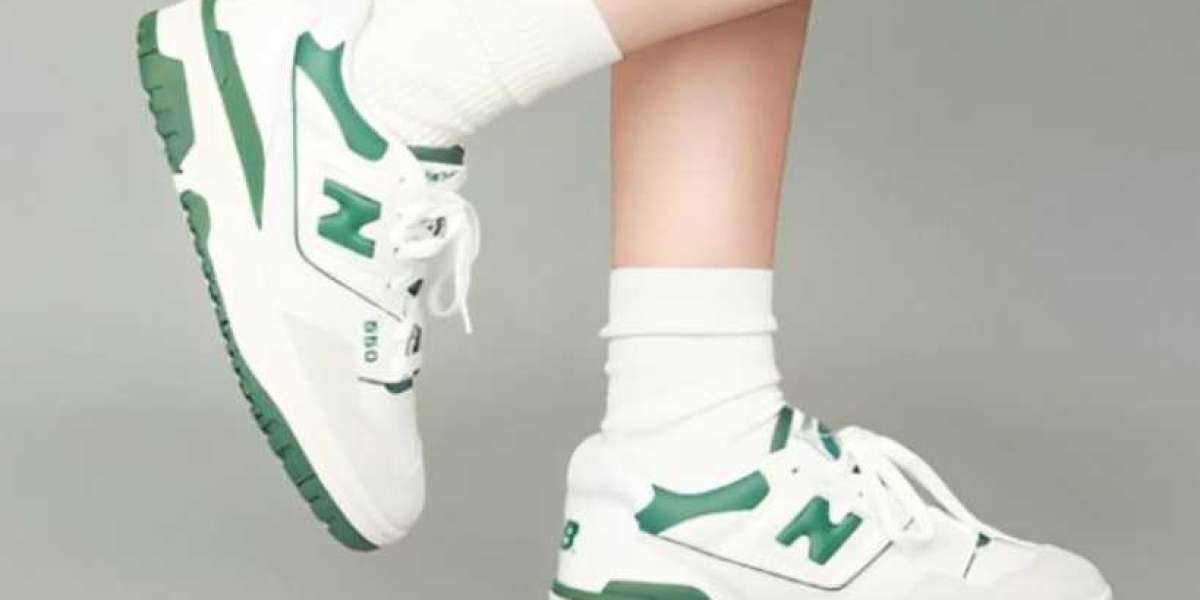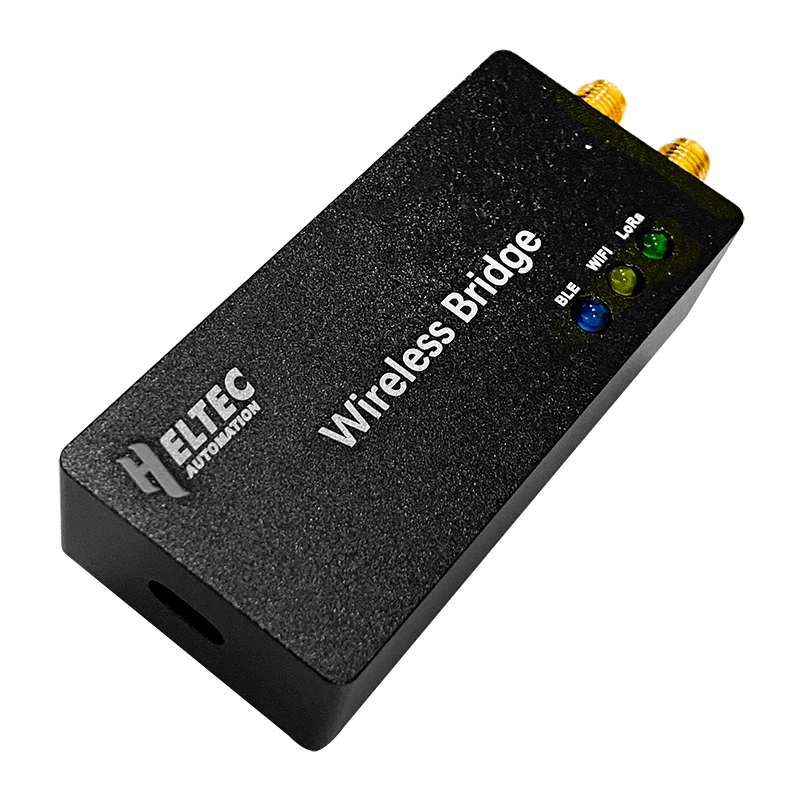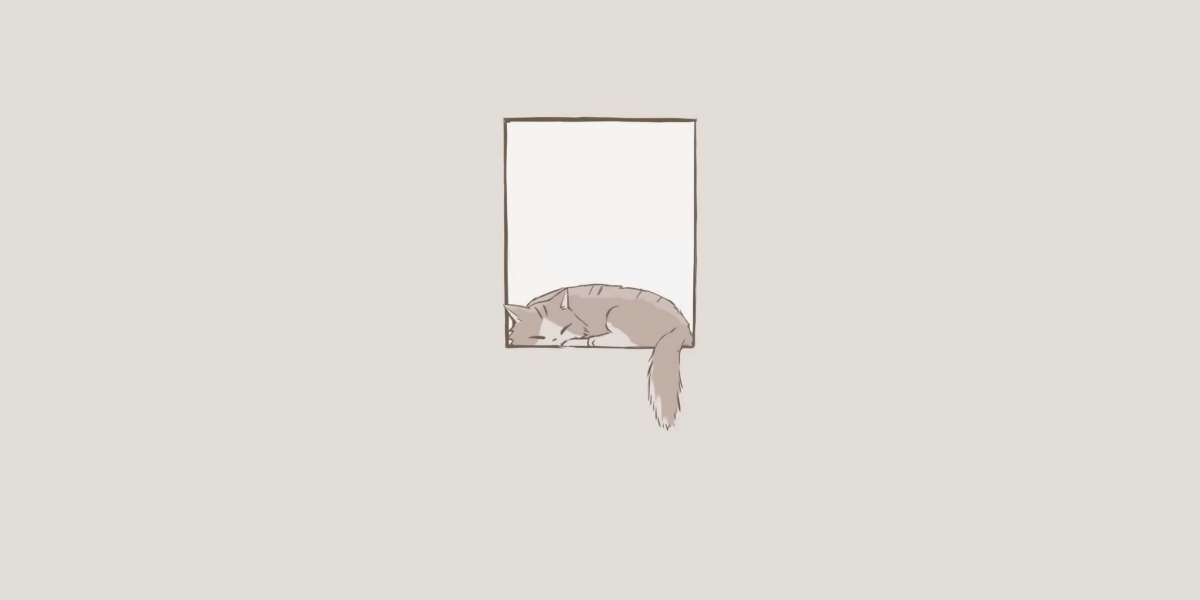 Protocolos para el manejo de arritmias cardíacas en gatos
Protocolos para el manejo de arritmias cardíacas en gatos Hablamos de latido sinusal en el momento en que el latido se inicia en las aurículas y, por consiguiente, se genera onda P. De ahí que por lo que, cuando tengamos un electrocardiograma en el que todos y cada uno de los latidos tienen onda P consideraremos que ese animal tiene un ritmo sinusal. El electrocardiograma es una representación gráfica de la actividad eléctrica del corazón la que nos permite obtener información sobre el ritmo cardiaco, la frecuencia cardíaca, anomalías en el tamaño cardíaco o en la conducción del impulso eléctrico. Saber la continuidad cardiaca es fundamental para la interpretación de un electrocardiograma.
Cuas Veterinaria
Echocardiography is ultrasound that allows a veterinary cardiologist to see a real-time picture of your pet’s coronary heart. Transesophageal echocardiography exhibiting successful occlusion of a patent ductus arteriosus, a typical congenital coronary heart illness in canines. During each systole and diastole, this image demonstrates interventricular septum thickness (IVSs, IVSd), left ventricular (LV) inner dimension (LVIDs, LVIDd), and LV free wall thickness (LVWs, LVWd). Increased LVIDd causes left ventricular volume overload, whereas increased LVIDs ends in systolic dysfunction. Standard M-mode images are obtained from the best parasternal window at various ranges of the guts, from apex to base (similar to the proper parasternal short-axis views). The M-mode picture is depicted with depth on the Y-axis and time on the X-axis, with a simultaneous ECG permitting reference to the phase of the cardiac cycle. A small quantity of alcohol is used to separate the hair on the chest wall and water-soluble ultrasound gel is used to provide contact with the ultrasound probe.
Diagnostic and Therapeutic Algorithms in Internal Medicine for Dogs and Cats
It could be very simple to underestimate volume and function or fail to identify essential lesions if the echocardiographic views don't present optimum information, Análise laboratório veterinário notably when the images are then compared with printed examples. The proper parasternal acoustic window is positioned between the best 3rd and sixth intercostal spaces (usually 4th or 5th) and between the sternum and costochondral junctions. Viewing 2D imaging on this acoustic window allows essentially the most intuitive evaluation of cardiac anatomy, which additionally makes it a useful information for M-mode examination. In many new ultrasound machines, this view additionally allows simultaneous 2D and M-mode or Doppler studies.
Medical Issues That Can Be Detected by an Echocardiogram
Performing echocardiography on this place enables practitioners to make use of acoustic home windows to optimize imaging of the guts. Normally, there is no have to withhold meals or water from your pet earlier than an echocardiogram appointment. There are special cases, however, when your vet could ask you to withhold meals, water, and/or medicines out of your pet so make certain to ask if you schedule the appointment. Since an echo is a minimally invasive procedure, it can be carried out with none have to administer pain relief medicine. Some vets choose to sedate the animal to be sure that they will stay completely still during the length of the process. This can help enhance the clarity of the photographs which would possibly be generated which is important for correct evaluation and prognosis.
Equine Behavior: A Guide for Veterinarians and Equine Scientists 2nd Edition
Veterinary Echocardiography 2nd Edition PDF is a totally revised version of the basic reference for ultrasound of the guts, covering two-dimensional, M-mode, and Doppler examinations for both small and enormous animal domestic species. Written by a quantity one authority in veterinary echocardiography, the guide offers detailed pointers for obtaining and decoding diagnostic echocardiograms in home species. Veterinary Echocardiography, Second Edition is a completely revised model of the basic reference for ultrasound of the heart, masking two-dimensional, M-mode, and Doppler examinations for each small and enormous animal home species. Written by a leading authority in veterinary echocardiography, the book offers detailed pointers for https://Astrup-Carson.Hubstack.net obtaining and interpreting diagnostic echocardiograms. The Second Edition has been restructured to be extra user-friendly, with chapters on acquired and congenital coronary heart diseases damaged down into shorter disease-specific chapters.
Thus, at first, many pet owners don’t notice any sign indicating the presence of heart illness. The heart specialist inspecting your pet will meet with you and discuss the findings from the echocardiogram and a plan for therapy and follow-up if necessary. You will obtain typed discharge instructions that may have all the information written down. This paperwork shall be shared with your main care veterinarian to facilitate a group approach for your pet’s care. Our cardiology school are worldwide specialists in cardiovascular disease and have extensive experience and expertise in echocardiography. Our college, along with our cardiology residents, carry out thousands of echocardiograms every year. This is how an ultrasound probe would be positioned on an animal from underneath the examination table.
About This Book
Clinicians must be cautious to not overinterpret the analysis of systolic function. If there might be any doubt, a board-certified heart specialist should be requested to make the ultimate assessment of systolic function. Cross sectional echocardiographic image of a coronary heart showing left ventricular hypertrophy and pericardial fluid in a cat with hypertrophic cardiomyopathy and congestive coronary heart failure. One of the necessary indicators of coronary heart well being is the energy of the heart’s contraction. With an echo, the veterinary heart specialist or sonographer can view the guts pumping in real-time. If your pet has coronary heart disease, there might be poor contraction of the guts walls, or the partitions of the heart is probably not as thick as they need to be. A veterinary cardiologist specializes in the prognosis and remedy of heart illness in animals.









